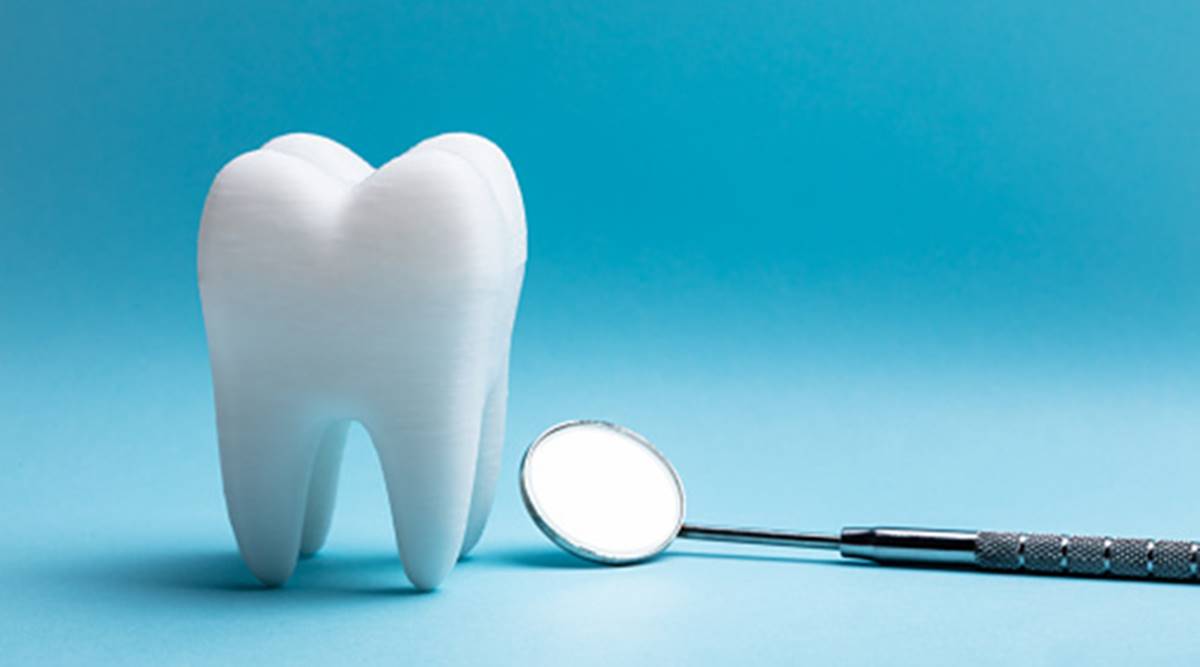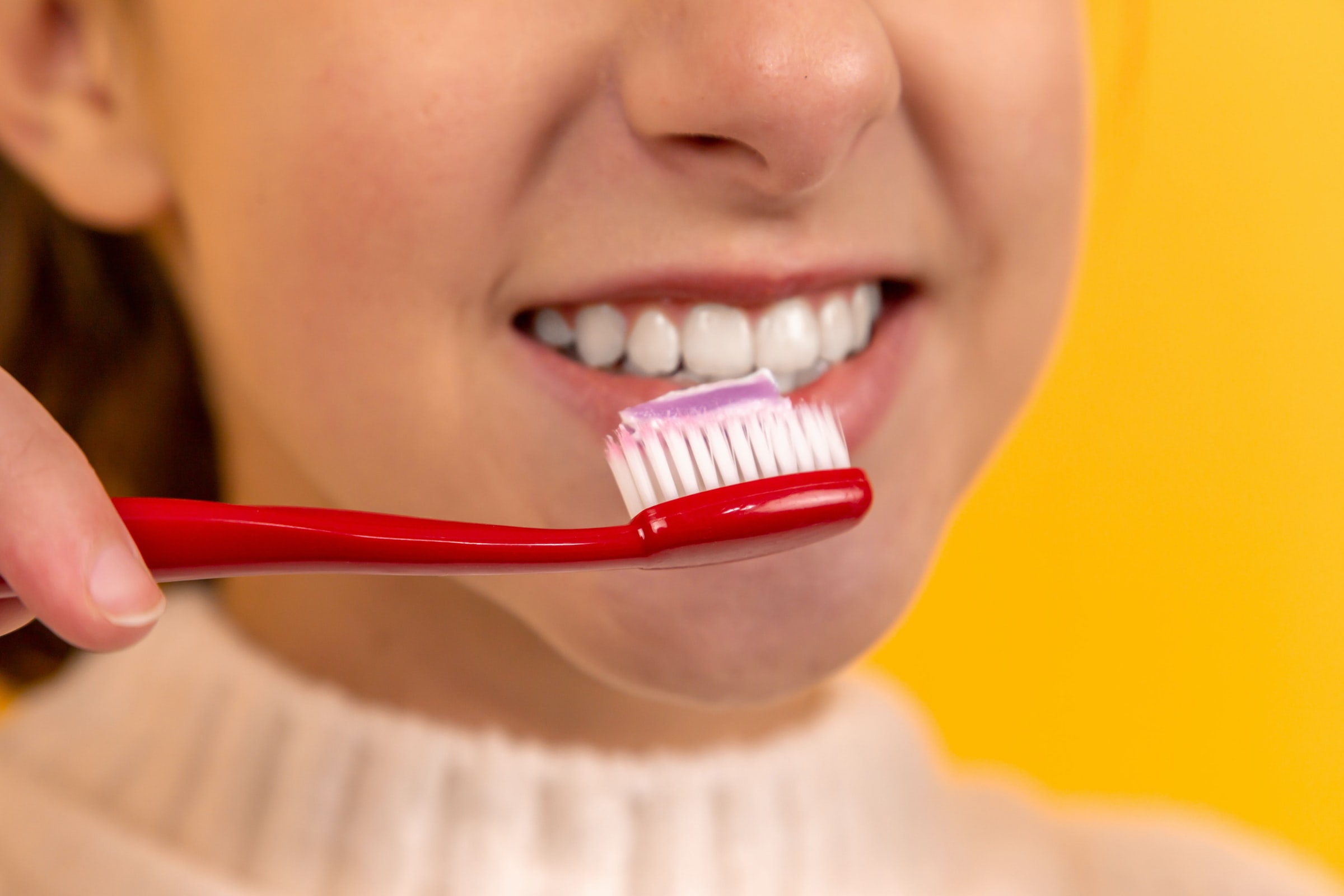Teeth treatment is possible and even required during pregnancy. Toothache isn’t worth it; it causes discomfort for both the mother and the infant. Oral cavity sanitation is also recommended for other purposes, such as removing chronic infection and lowering the risk of complications. A visit to the doctor does not need to be postponed, and a dental examination is included in the examination plan during pregnancy.
It is best to visit the dentist twice, once during the first trimester while registering and again shortly before childbirth, if you have good oral health. If any illnesses that need medication are discovered, the doctor will inform you of the next steps to take.
Dental Treatment Features During Pregnancy
Dental procedures are not contraindicated during pregnancy. However, both the length of the pregnancy and the peculiarities of its course, as well as the woman’s overall health, must be considered. The treatment has many characteristics:
Caries, pulpitis, periodontitis, and inflammatory diseases of the gums and soft tissues, such as stomatitis, gingivitis, periodontitis, glossitis, and cheilitis, require immediate care. Urgent treatment is also recommended for injuries such as tooth root fractures, chips, and breaks, as well as the need for surgical intervention for abscesses, periostitis, and other conditions. Orthodontic and orthopedic surgery, as well as whitening, can be delayed in some cases. For example, the placement of braces or a single dental implant may be delayed until a more convenient period after the baby’s birth.
The doctor will fill with any material he or she wants, depending on the indications. The fetus is not harmed by the lamps used for curing.
Dental care can be combined with effective pain relief during pregnancy. There are medications that are licensed for use, so the expectant mother does not have to go through uncomfortable sensations. The only stumbling block is anesthesia.
Restrictions And Contraindications
The risk of miscarriage or premature birth can be a contraindication to any dental intervention. Oral issues may, of course, fade into the background if a woman is in the hospital and receiving medication to keep her pregnancy going. However, if your condition requires you to visit the dentist, you can do so and explore care options.
Some Procedures Will Need To Be Delayed Until After The Baby Is Born:
Implantation: Because of the use of medications during the recovery process and the need for multiple X-rays, the surgical stage may be contraindicated. However, in some circumstances, such as when inserting a permanent prosthesis on already engrafted implants, the operation can be performed with the consent of the gynecologist who is overseeing the pregnancy.
Features Of Diagnostic Analysis
The outcome of teeth treatment is determined by accurate diagnosis, so it should not be overlooked. A targeted X-ray of a tooth can be dangerous, particularly during the first trimester of pregnancy, when cells are more vulnerable to radiation. However, if other diagnostic tools are unavailable and developing a teeth treatment regimen without a photo is impractical, you can use it. Digital radiovisiography is the safest process. Since the load is many times lower than that of a film picture, such a diagnosis is possible. Radiological defense observed during the test.
Relief From Pain In A Safe Manner
High-quality pain relief is provided by dental care during pregnancy. The new generation of local anesthetics, which do not cross the placental barrier, is used for this. Many formulations contain a vasoconstrictor, which improves the anesthetic’s effectiveness. The concentration of such a component is slightly lower in preparations for pregnant women. It has no effect on placental and uterine blood flow.
Several local anesthetics approved for use in pregnant women, including:
- Mepivacaine
- ultramarine
- Lidocaine
They have no systemic effect and are completely safe for both the baby and the pregnant woman.
Patient happiness is our highest priority. contact us for further information!
































